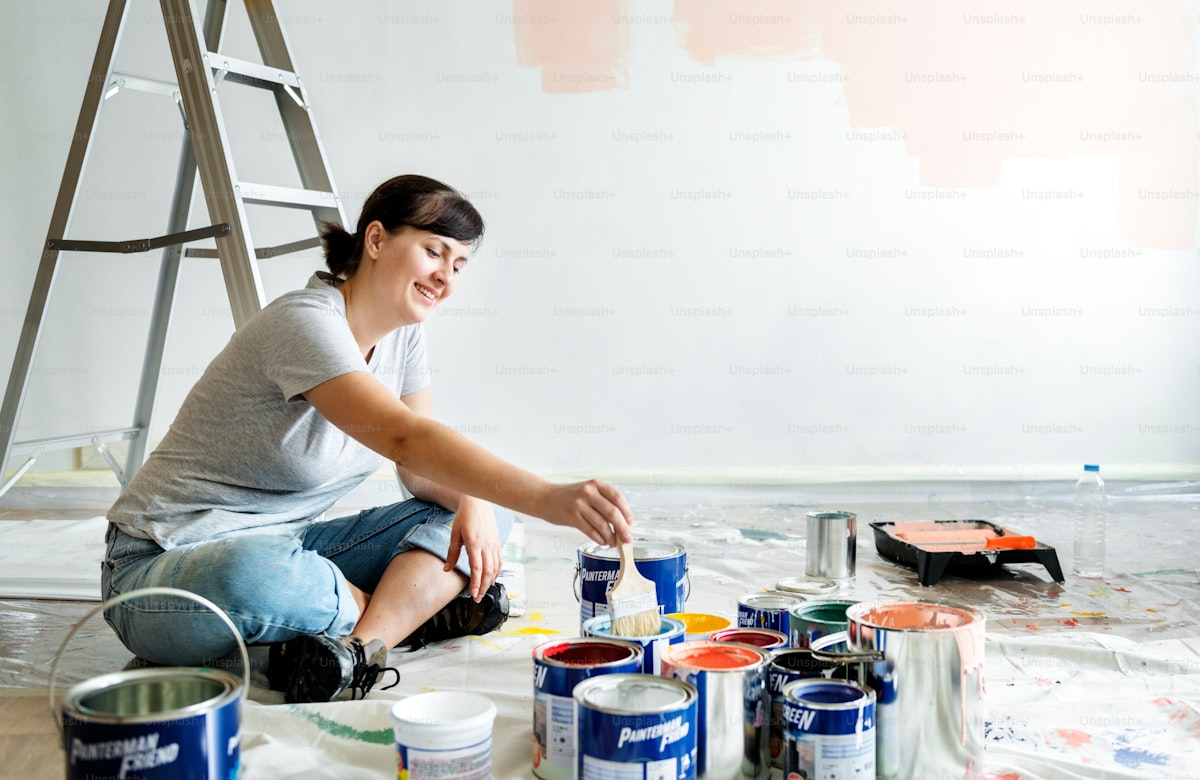Most people don’t read plans but are too embarrassed to admit they don’t understand what the finished project is going to look like. This often leads to ripping out finished work and tossing materials. To avoid an expensive redo, don’t be afraid to ask for an on-site mockup. With a roll of painter’s tape, some cardboard, and a few hours with your team, you can mark out the footprint of cabinetry, hanging lights, a soaking tub, door heights, and more. It’s also a fantastic way to figure out furniture size and layouts. You can take mockups a step further and roughly construct designs out of inexpensive materials, such as scrap wood. And many design and architecture firms produce photorealistic 3D renderings. All of the above can help eliminate surprises ahead of the build.
7. Craigslist your demo.
Pre-renovation, post items that you’re removing from your house on community websites and let your neighbors have them for free. People will come get just about anything, even dirt. And if you specify customer removal for built-ins, such as kitchen cabinets (most cabinets are just screwed into the wall behind the box), you save on demo while also keeping these items out of the landfill. Sound like too much effort? Then hire a household goods removal company that works with charity partners, such as Habitat for Humanity, and you’ll receive a tax write-off for the donation. Oh, good, more money for your kitchen upgrade.
For advice on furnishing your remodel via Craigslist, go to 10 Tips for the Discerning Craigslist Bargain Hunter.

8. Paint it forward.
Construction projects lead to leftovers: paint, fabric, tiles, wallpaper. Good places to donate these are schools, camps, assisted living centers, and other local organizations for use in craft classes and building maintenance. Note that internal restrictions prevent some public schools from receiving giveaways. To help combat the 75 million gallons of unused paint in the US each year, our construction company donates hundreds of gallons to private, charter, and not-for-profit community schools, such as Montessori. If you’re unable to find a recipient, send your paint to a recycling program. Many states have nonprofit PaintCare programs with drop-off sites; also refer to earth911.com for area-specific recycling info. And when choosing wall finishes, consider earth-friendly options, such as plaster and limewash. Also check out Up Paint, a new company that offers 18 shades of upcycled paint.




